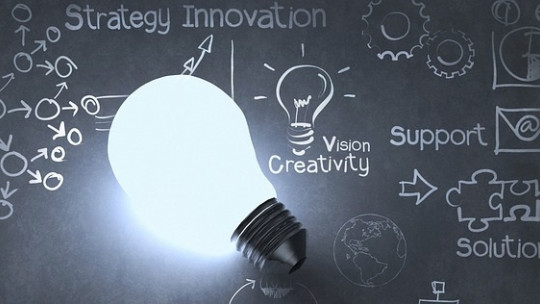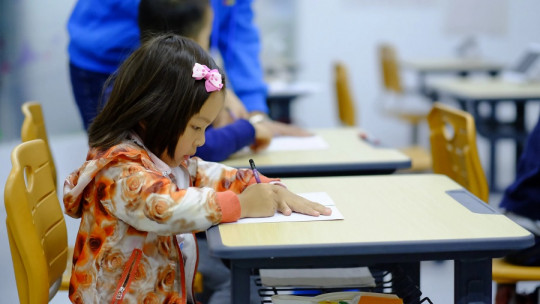
In biology and neuropsychology laboratories it is possible to investigate the way basic mental processes work: memory, decision making, discrimination between different stimuli, etc.
All these psychological functions tell us about the way in which our brain adapts to the environment and allows us to learn from our experiences. But… what would happen if the way our brain learns was investigated beyond the laboratories? That’s what neuroeducation is all about
What is neuroeducation?
Neuroeducation is, in short, a bridge discipline between neurology and educational sciences in which educational psychology plays a key role.
This is a scientific development project in which we want to combine the knowledge we have about how the brain works with what is known about educational processes on the ground. Usually, The area in which neuroeducation focuses is education in school and academic settings
The brain that learns
The foundation of neuroeducation is a concept called brain plasticity Brain plasticity is the ability of the brain to physically change to adapt to stimuli and habits in ways that are useful to the individual. Every time we consolidate a form of learning, it leaves a mark on the way the neurons in the brain connect with each other.
Neuroeducation serves to examine the traces that educational processes leave in our brain and draw relationships between these data and the way in which the individual behaves. In this way, the learning process is studied from the behavioral perspective and from that which corresponds to neurobiology.
Learning and emotion in neuroeducation
One of the great discoveries that has been made through neuroeducation is that learning and emotion are not two worlds separate from each other. We do not learn by coldly storing data like a robot would, but in our nervous system memories and emotion go hand in hand. In this way, meaningful learning becomes a fundamental aspect in education, since it links important data with sensations and feelings linked to pleasure that make us internalize them sooner.
Thus, Neuroeducation emphasizes the need to use an emotional approach both in classrooms and in any context of education in informal contexts in which we learn: family environment, workshops, work groups, sports teams, etc.
Ultimately, the driving force behind learning is curiosity, something deeply emotional and linked to subjective concerns.
Neuroeducation and care
Another of the main psychological aspects that are studied from neuroeducation are attentional times that is, the periods for which a person can focus attention on an information channel without becoming distracted or fatigued.
It is considered that the maximum time that most people can concentrate on a task is 40 to 45 minutes. Therefore, master classes that exceed this limit of minutes (the majority of them, by the way) are inefficient, since several minutes are wasted.
Attention problems, linked to disorders such as ADHD, are also very relevant, given that they affect many people and that, with relatively simple strategies, this part of the population could be helped to correctly use their potential by directing it towards educational objectives. especially during childhood (which is a key life stage in psychological development).
Thus, neuroeducation must also respond to people with certain diagnoses that reflect special difficulties when learning certain skills, and attention problems are one of those battle fronts.
The future development of this area
As a bridge discipline, Neuroeducation still has a long way to go as much as new discoveries can be made from neurosciences and educational sciences.
Furthermore, it is not always easy to combine the knowledge gained through both routes, so the progress that can be made through neuroeducation is not always agile or easy to make. That is why it is considered that the potential of neuroeducation is yet to be exploited.
On the other hand, we must keep in mind that the cultural and social context always has an impact on the way we learn and the content we memorize and integrate into our vision of the world. That means that to investigate learning you cannot give up analyzing the environment and the way in which we relate to it.
As a consequence, neuroeducation cannot concentrate its efforts only on purely biological elements, but must also take into consideration how the economy influences us, the type of people with whom we interact, the cultural and ideological elements that are dominant, etc. .








